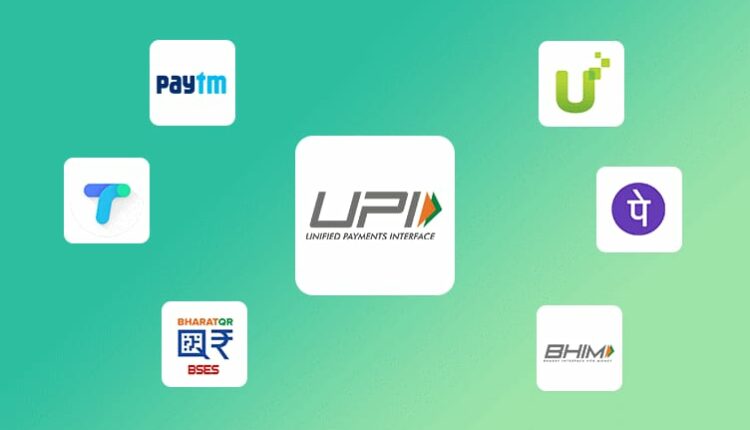India has built a homegrown instant payment system that has remade commerce and pulled millions into the formal economy. The foundation of the “digital public infrastructure” was laid by the government and built upon by a robust Public Private Partnership. It has made daily life more convenient, expanded banking services like credit and savings to millions more Indians, and extended the reach of government programs and tax collection.

PM Modi described the digital payment ecosystem to the G20 Finance Ministers as a free public good that has radically transformed governance, financial inclusion and ease of living in India. The digital infrastructure is seen as a set of ‘rail tracks’ laid by the government, on top of which innovation can happen at a low cost. With this network, India has shown on a previously unseen scale how rapid technological innovation can have a leapfrog effect for developing nations, spurring economic growth even as physical infrastructure lags. It is a public-private model India wants to export as it fashions itself as an incubator of ideas that can lift the world’s poorer nations.
At the heart of this initiative is the famed JAM trinity – Jan Dhan Accounts, Aadhar and Mobile, the three pillars that revolutionised the entire economic ecosystem of India. The first pillar, PM Jan Dhan Yojana was started with the aim of financial inclusion to ensure access to a bank account for every adult Indian. As of 2022, 46.25 crore bank accounts have been opened, with 56% belonging to women and 67% opening in rural and semi-urban areas amounting to Rs. 1,73,954 crore.
The second pillar of Aadhar transformed identity services. Aadhar ID can be used for digital authentication through two-factor authentication or biometric IDs. Aadhar-led authentication has become an enabler for institutions like banks and telcos. Today 99 per cent of adults have a biometric identification number with more than 1.3 billion IDs issued. The third pillar is that of Mobile, which showcases the core digital innovation in India’s telecom sector. After the disruptive entrance of Reliance Jio in 2016, the cost of data dropped by 95%. It led to every Indian having low-priced and easy access to the internet.
UPI is a public-private partnership (PPP) that the National Payments Corporation of India (NPCI) led with an interoperable platform. The platform offers services from hundreds of banks and dozens of mobile payment apps, with no transaction fees. The value of instant digital transactions in India last year was far more than in the United States, Britain, Germany, and France. “Combine the four and multiply by four — it is more than that,” as one Indian cabinet minister, Ashwini Vaishnaw, told the World Economic Forum in January.

The success of the digital payment system, however, lies not just in the robustness of the digital payment infrastructure but also in the behavioural nudge that encouraged people to switch from cash to digital. Like any behavioural change, it had to be based on trust and accessibility of the system through insightful innovations that ensure its relevance to its core group.
These include small and interesting innovations like small voice boxes provided by payment apps are a fixture at snack carts and tea stalls, where vendors are too busy to check phone messages after every small transaction. A Siri-like voice declares how much money was instantly received with each payment by QR code. This has helped bridge mistrust among merchants long used to cash transactions.
India’s digital payment ecosystem is a classic example of Ecosystem thinking where underlying core assets and capabilities were strengthened which had a positive spill-over effect. This, in turn, revolutionized business, entrepreneurship as well as consumption patterns in India making India’s Digital Payment Ecosystem a game changer and a global inspiration.



